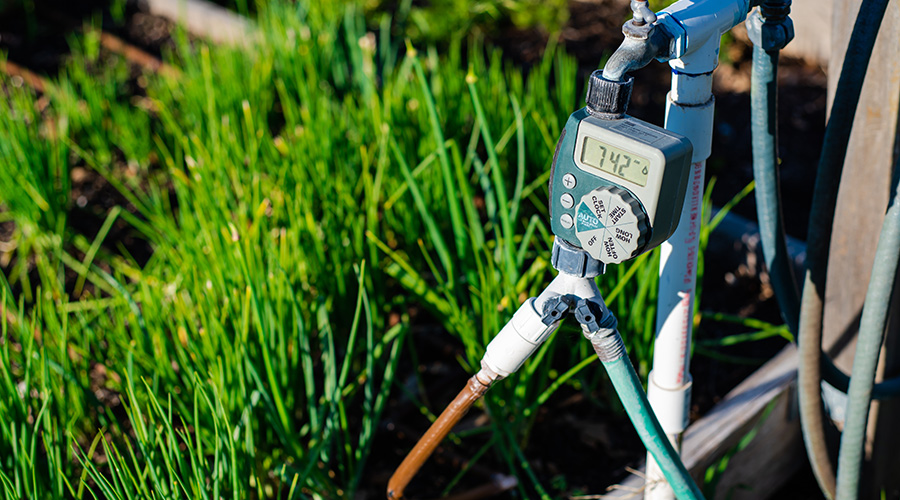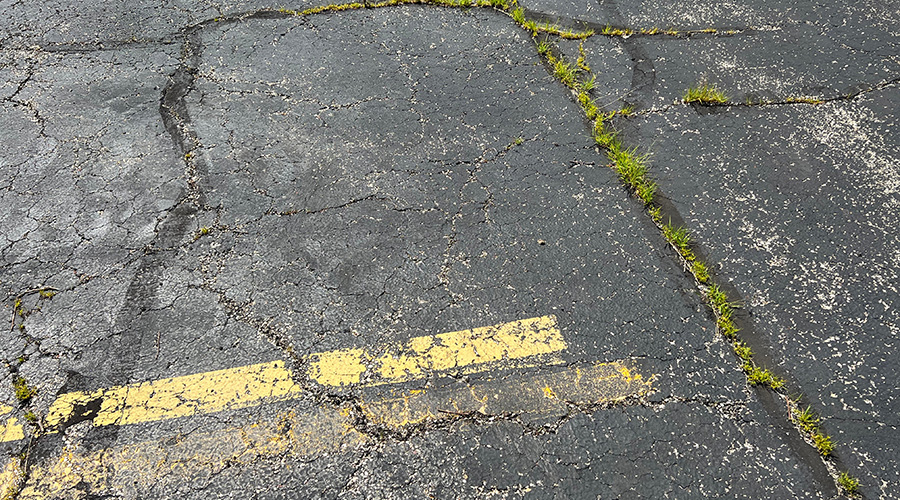Smart Irrigations: Maximizing Methods
Adopting the proper infrastructure can help achieve optimal results.
While smart irrigation systems can precisely determine the amount of water a specific landscape requires, the systems need an effective irrigation infrastructure to achieve optimal results. Any inefficiencies in watering, such as leaks or poor coverage, can cut into the potential savings achieved by using a smart system.
For example, using a hose in the middle of turf areas can lead to overwatering in the center and an insufficient volume of water at the edges. Runoff is another concern. In contrast, properly functioning sprinkler heads with uniform coverage can water areas effectively in less time, and with no runoff, Kauth says.
The water delivered by spray irrigation systems tends to be more vulnerable to evaporation, as well as to landing where it’s not needed, such as on concrete. Drip systems typically are more efficient, but they’re less effective with turf. Also, it can be difficult to tell how well they’re working, given that they’re below ground, Luehrs says.
Grounds managers also want to pay attention to the sensors that are part of the system, such as those for weather and moisture. The insight available from the sensors can help in maximizing the effectiveness of a smart irrigation system. Flow sensors can provide alerts if there’s a break in a line or, conversely, if a valve is stuck so no water is actually flowing.
It’s also critical to consider where different types of plants are located. Ideally, plants will be grouped by whether they use small or large amounts of water, or something in between. That way, a different irrigation valve can be assigned to each category, Luehrs says.
Prioritize training and expertise
Installing, programming, and operating a smart irrigation system isn’t “plug and play,” as Kauth says. The systems can get complicated. For example, a property might have several hundred controllers telling the valves to open or close, regulating the water that runs through the system and governing several thousand valves. To achieve the expected benefits, the system needs to be programmed correctly and managed by someone with the appropriate expertise.
That’s why, along with technology, relationships matter.
“You’re only as smart as the people and assistance that you can get to help with this,” Cushing says. An expert, ideally local, can help in launching the system and optimizing its use. “Make sure you've got proper support, whatever system you pick,” he adds.
Proper employee training is also critical. Without this, it’s likely some users will fail to take advantage of all the system’s features, Luehrs says.
On an ongoing basis, grounds managers want to stay informed about software updates and new features available in the irrigation system, says Josh Toothman, managing director, national engineering and operations, office property management, JLL. Technicians should remain ready to adjust settings as the seasons or the landscape needs change.
As intelligent and helpful as smart irrigation systems can be, human insights also play a role. For instance, a grounds manager probably will not want to water turf based only on the ET rates. On occasion, deep watering can help keep roots from sitting at the surface of the ground, which can occur when watering occurs every night for just a few minutes. “Make sure to override the system every once in a while, so that you can get a good deep flushing of water,” Cushing says. An occasional deep soaking can help with leaching salts and moving bicarbonates.
Similarly, while it can be tempting to rely heavily on smart irrigation data and technology, it’s still essential to get outside and see the property first-hand. “You’ve got to have your boots out on the field,” Cushing says. “You’ve got to get out and touch and feel what's going on out there.”
Karen Kroll is a freelance writer based in the Twin Cities in Minnesota.
Related Topics:













